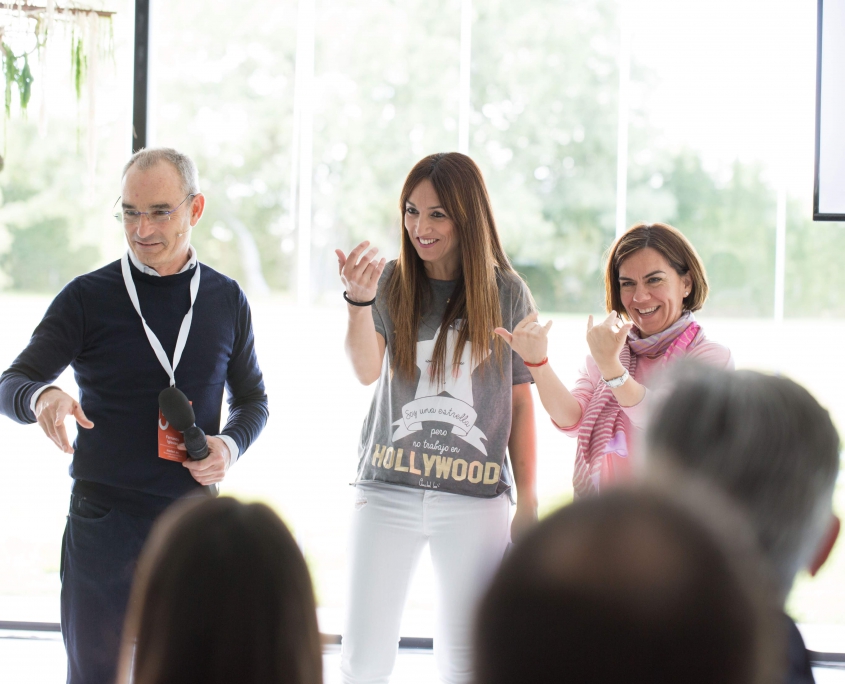The orientation of the client is the driving force of cultural change that our clients most usually ask of us. Be it in something small such as a department, or in something large such as the whole company. From a cultural point of view, they also ask us for leadership in middle management; and that transversality work in their organization and that values become the beating heart of the company.
The orientation of the client is an excellent axis of change, it is to work for those who have had the courtesy to choose us, to make it possible. Gratefulness to the clients is the most effective mental factor.
What is the orientation of the client?
The orientation of the client can be defined as a philosophy that makes possible that all the actions of the whole team in an organization are directed and focused in satisfying the needs of the clients, in providing them with memorable experiences with the brand.
This is about going much further than customer service, the responsibility of the sales force or the area of client satisfaction. The orientation of the client marks the road map and is present in the whole of the organization. That is why consolidating a culture that is orientated towards the client is of so much value.
How do we tackle this challenge? Appreciative inquiry is a magnificent strategy for cultural transformation.
Indeed, appreciative inquiry is a magnificent strategy for transformation.
Orientation of the client from the stance of Appreciative Inquiry
Appreciative inquiry is a way of thinking and acting; it is a philosophy of change and organizational management created by David Cooperrider. It is to appreciate the best of what is: the strengths, the resources, the opportunities. It focuses on exploring and discovering the moments of greatest excellence through inquiry and visualizing new potential and opportunities by combining collective knowledge.
What differentiates it from methods based on behavioral change, is that appreciative inquiry does not focus on changing the person, although that is a collateral effect that is very visible. Appreciative inquiry is based on the collaborative discovery of what makes an organization more effective.
The orientation of the client in three phases
The differential methodology of Madavi succeeds in this challenge. How do we do it? In three phases:
Phase 1 – Align the strengths towards the aspirations
A subunit of the organization representing the system meet either virtually or in person.
In this meeting the whole system that wants to mobilize itself
is aligned towards the objective we are pursuing. Each and every one of those attending design how to contribute and leave having generated collective action.
Phase 2 – Positive Deviation: How to boost every one
We inquire on that which is exceptional for the orientation of the client and that is already happening. We use Positive Deviation. This means analyzing what is exceptional. It is a form of transformation based on the following observation: In every community there are people or groups of people who have ways of behavior and /or strategies which are unusual, and in this manner with the same resources obtain exceptional results. We investigate what is exceptional for the clients and obtain all the capacity of each person to contribute. From these “boosts” initiatives emerge that are put into practice the next day.
Phase 3 – Highlighting what is repeated, your DNA
We manage that these initiatives and behaviors are maintained in the organization. We succeed in this by the methodology of the Expansive Circle, highlighting that which is repeated: your DNA. This guarantees that the learning is constant. The change is made in the direction of the objectives.

